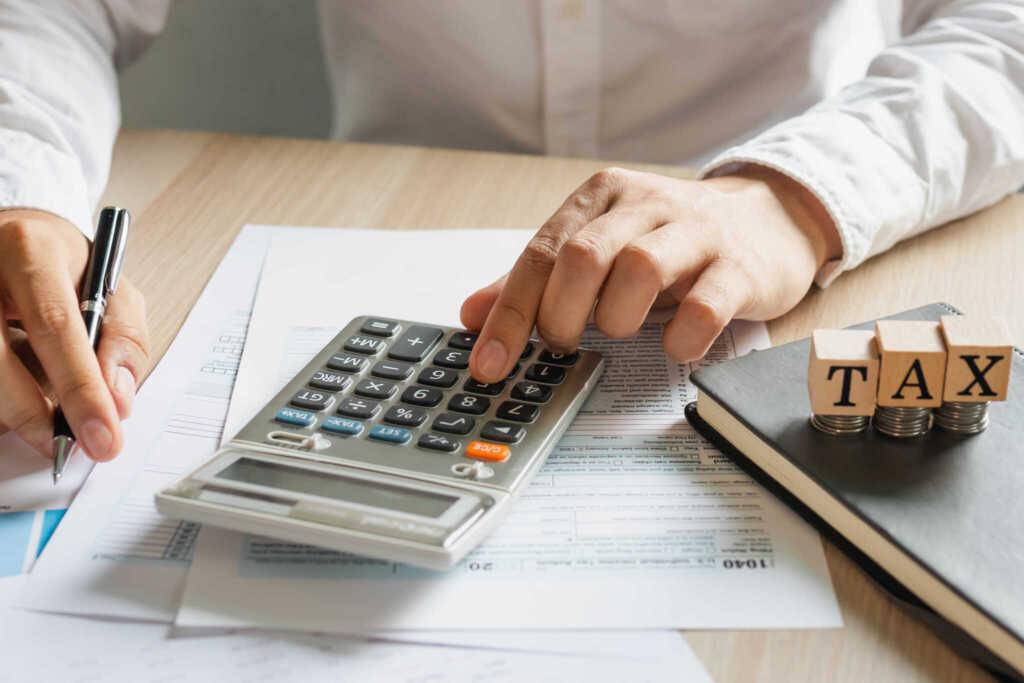Article originally posted to Barrons.com.
Filing an extension on your taxes buys you more time to complete your return—but not to pay any taxes you might owe. This leads to a bit of a conundrum: How do you figure out your tax bill if you don’t do your taxes?
The deadline for 2022 federal income taxes falls on April 18 this year. If you need more time, you can file for a free, automatic extension. If you’re owed a refund, that’s all you need to do until Oct. 16, the extended tax deadline.
But if you owe money, you still have to pay it by April 18. If you can ballpark what you owe, another way to request an extension is to make a payment through IRS Direct Pay and select “extension” as the reason for payment.
To begin estimating what you might owe, start with your tax liability. To calculate that number, you’ll need to know your income and your deductions. Gross income includes wages, dividends, capital gains, business income, and retirement account distributions. It also includes investors’ share of income, losses, and dividends from partnerships; these so-called pass-through entities report investors’ income on Schedule K-1 forms, which are notorious for arriving late and causing their investors to request an extension.
Deductions include contributions to retirement accounts and payment of student loan interest. They can also include business expenses that get reported on the Schedule C form for sole proprietors. (One reason solo business owners might not be able to complete their tax return in time is a shoebox full of business receipts that they don’t have time to sort through.)
If you don’t have exact numbers, be conservative in your estimates. Consider rounding up your projected income by 10% to 20% and rounding down your projected deductions by the same range, said Greg Geisler, clinical professor of accounting at Indiana University-Bloomington. You don’t want to underestimate what you owe and be forced to pay penalties and interest on the difference.
The interest the IRS charges on payments past due has climbed alongside other interest rates and now stands at 7%, raising the stakes for underpayment, said Brian Schultz, tax partner in wealth management at Plante Moran in Southfield, Mich. In addition to interest, the failure-to-pay penalty is 0.5% of the unpaid taxes for each month or part of a month the tax remains unpaid, up to 25% of the total unpaid amount.
To ballpark whether you’ll owe money or get a refund, you can put your estimates into TurboTax and begin the process of filing a return. Use round numbers, so you don’t mistake the estimates for the actual numbers when it comes time to file, Geisler said. You don’t have to answer every question the software asks for it to project what you owe, he added.
With TurboTax, payment isn’t owed until you actually file (simple returns are always free). This means you can generate an estimate of your tax bill without paying, a spokesperson told Barron’s. Another online resource for estimating your liability is Excel1040.com.
The first quarterly estimated payment for 2023 is also due April 18. If you pay quarterly estimates, tax advisors recommend rolling this first estimated payment into the payment you make with your extension. In other words, make one bigger payment to the IRS instead of two smaller ones.
Combining payments will give you a cushion if you end up owing more for 2022 than you anticipated. The amount intended as a quarterly payment can go toward the 2022 liability instead, and you can make up the difference in quarterly payments later in the year, says Nicole DeRosa, senior tax manager at Wiss & Company in Florham Park, N.J. If you end up owing about what you expected for 2022, then any excess you paid with your extension will be considered a refund; there’s a box to check on your tax return to apply your refund to your quarterly payments.
Lastly, don’t forget state taxes. Many states don’t require you to file a separate extension for state income taxes if you don’t owe any money, but the rules can be different if you do. Check your state tax authority to be sure.

